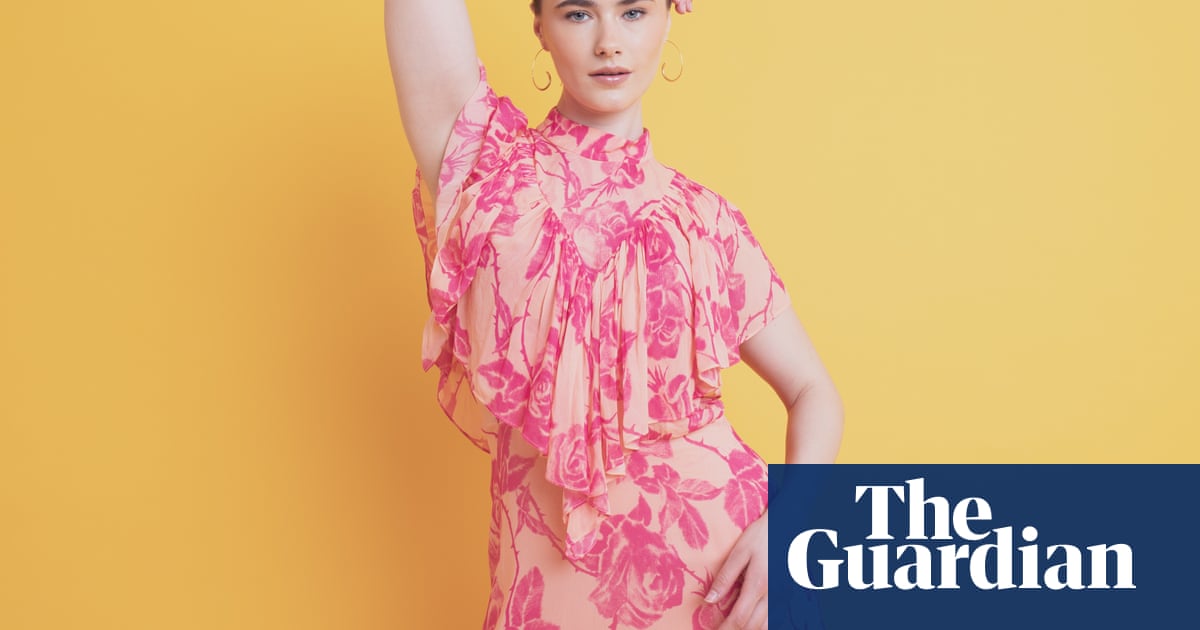We all make mistakes. Mistakes are fine. The trick when shopping for clothes is to avoid making the same ones over and over again, because that can get dispiriting, and when it comes to purchases, mistakes can be expensive. Awful to spend the money and not feel the benefit. Not to mention the state of the planet. So, in the interests of not feeling like a broke, evil carbon-guzzler with nothing to wear, here are my golden rules of changing-room decision-making.
-
Wear clothes without buttons – and slip on shoesBuying the right clothes starts with wearing the right clothes when you go shopping. You need to streamline your changing room manoeuvres. Wear shoes that you can slip off and on. If you are only looking at dresses, then wear a dress for speed; otherwise wear loose separates. You will have a better sense of whether that boho blouse works if you are trying it on with your favourite jeans, than standing there in your knickers. Also, pack a tote bag so that you aren’t buying bags and can comfortably carry any purchases on your shoulder.
-
Be an early birdThe best time to shop is the first hour or two of the day. Shops are much less crowded, the rails are freshly stocked and the staff are less weary.
-
Always try on two sizesThe size you think-slash-hope you are, and the bigger one. And when you get into the changing room, don’t even glance at the label, just try either one and judge whether it would look better more fitted or looser. If you are in between sizes, go bigger. It’s easier to have clothes taken in than let out.
-
Look yourself in the eye when you try things onLook at your body language as much as the clothes. You should be feeling yourself. You should be looking at yourself in the mirror a bit like, “well hellooo, hot stuff”. You should find yourself slightly showing off to your own reflection. When you find something great, you can feel it in your bones and see it in your eyes.
-
Don’t let sequins, feathers and logos turn your headThe most common mistake is buying too many party outfits, and too many boring basics. The clothes that have the most cheering impact on your life are in the sweet spot in between: pieces you can wear on a normal day to make you feel special. Interesting, but not dramatic. Look for those.
-
Investigate categories that are outside your comfort zoneLook for newness. “I never wear trousers in that shape/dresses in that length” is not a useful train of thought. This is your moment to try out a palazzo pant or a shirt dress or a waistcoat, or whatever it is that you don’t already have. You will not find the clothes that will change your life if you only try on replicas of what you have at home.
-
Ask yourself: when will I wear this?Good answers include: to work tomorrow; to birthday drinks at the weekend. Bad answers include: when I get invited to the Met Gala; when I lose 10lb.
-
Do not get distracted by the sale railDoesn’t matter how cheap it is, it isn’t a bargain if you don’t love it.
-
Think outside the changing room bubblePlan how you will leave the house in these clothes. A strapless maxidress? You are going to need a jacket or a knit that works on top. If you can’t think of anything you have at home, think again. If a new dress also requires you to buy new shoes and a new coat, it’s probably not the dress for you.
-
Don’t buy it in a colour you don’t wearIf a bright colour doesn’t feel right for you, get it in navy or white. I know this sounds boring but well-made pieces in good silhouettes in neutral colours are the clothes you will love for ever. Newsflash: you don’t actuallyneed to wear butter yellow.
Hair and makeup: Delilah Blakeney using Oribe and Dr Sams skincare. Model: Jen at Milk Management. Dress, £240,Essentiel Antwerp. Bracelet, £250,Rachel Jackson. Earrings, £54,Ottoman Hands
